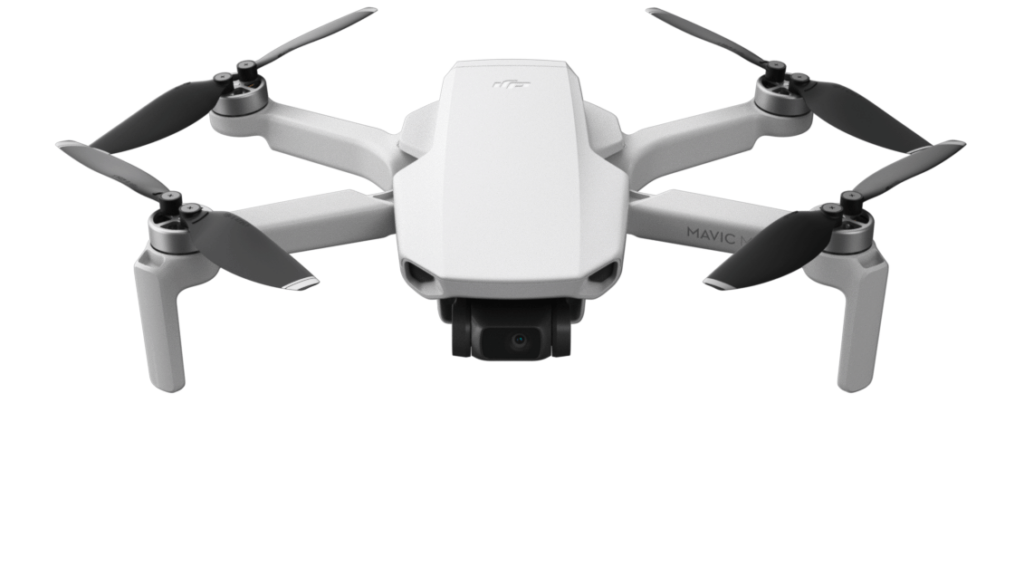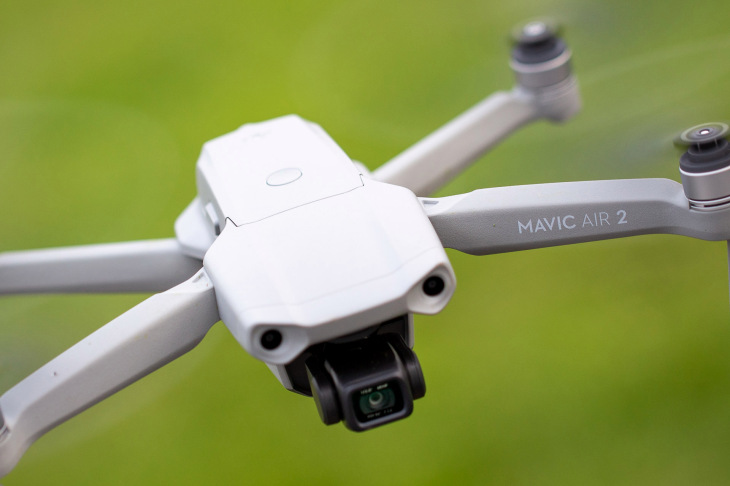Some companies are so enthusiastic about the role drones are playing in power line inspections, that they claim that drones are “revolutionizing” the way power lines and transmission towers are done.
It should also be kept in mind that this utility industry is one of the most technically demanding and skill-intensive drone services in any industry, and thus requires great expertise.
The Need for Regular Inspections
Power-lines need regular inspections for many reasons, such as:
- Corrosion of the grid
- Loose bolt
- Damaged power pylons due to lightning strikes
- Bird’s nests
In the past, inspectors would look for damaged or corroded sections of the power lines by car or by helicopter. Going by car obviously provides limited visibility and though the visibility was much greater by helicopter, it was extremely expensive. A thermal imaging survey is clearly a better option. It is much more accurate and considerably faster. With a thermal camera mounted on a drone, “hotspots” can easily be detected across a power- line, identifying potential problem areas before there is further damage.
Savings
According to 2017 estimates, losses from national outages totaled $169 billion. Because drones reduce so much human intervention in this very dangerous industry, there are serious savings. In fact, according to Navigant Research, using a drone can reduce costs from $5,000 to a mere $200 for a single transmission tower inspection. In addition, the data drones can provide are also more accurate.
Hazards
It should be clear, however, that because the dangers involved in power line and transmission towers inspections are so great, only highly experienced drone pilots should work in this sector.
The risk associated with using drones for power line inspections is due to “an invisible interference.” When drones are flown near KV power lines, there is an invisible interference that is exerted on the drones, which makes flying extremely difficult.
Electromagnetic interference can result in a temporary loss of control of the drone, which is a quick way for the drone to crash. The closer drones fly by the power-lines, the greater the interference.
Flying near power lines means exposing the drone to several possibilities for it to fail, get damaged, or crash. An even greater concern is the possibility of crashing into electrical towers or power lines if there is loss of control of the drone. Such damage to the drone, however, is minor compared to the potential damage to critical power infrastructure.
Therefore, it is advisable to fly above or beside the power lines and maintain a distance of 100 feet from power lines at all times.
Equipment
The equipment needed for doing power lines and transmission towers inspections:
- High end drone, like the M 210
- D-RTK module, to resist magnetic interference
- Z30 camera with high zoom capability
- Dual gimbal systems
- Optical camera
- Thermal camera
Those pilots who use consumer drones for power line inspections and transmission towers, can guard against the ferro-magnetic interference with a “Faraday cage,” which eliminates the effect of nearby magnetic fields on the drone’s electrical components and can prevent the flight controller from burning up.
A fixed wing drone is more expensive and requires greater skill, but it makes the most sense if the inspections are complicated and demanding. This drone can carry heavier payloads, fly farther on a single battery cycle, and is faster. Although the fixed-wing drone is not as maneuverable, it is not so important since power-lines are typically restricted within a narrow corridor.
The following is an example of a joint venture which requires a “drone solution proposal”:
“The drone should have the function of maintenance, emergency response, network
planning and network design alongside the existing company helicopter. The drones
should be equipped with state of the art sensors, video and photo cameras and also
thermal infrared cameras that will allow for the sending of real time footage and data
to the company maintenance and support teams and maintenance control centre.
The Drones will also provide the following services:
- Overhead Power Lines Visual Inspection with both Video and Images.
- Overhead Power Lines Thermal Inspection to find hot spots in the power line accessories.
- Overhead Power Lines Corridor Mapping and DTM which creates a Digital Terrain Model allowing the company to more efficiently design new routes for new power lines and make changes on the existing ones.
- Troubleshooting Reports since the drone platform will not only allow for the identification of the major problems, but also, present the specific solutions to the company to overcome and improve the line.
- LIDAR and GIS Data Services. By taking LIDAR actions, the company will be able to use the acquisition data to perform Low level design to the power line and identify major risks close to the conductors, namely vegetation, new buildings and overhead power lines crossing.
- Power Line Vegetation Control. By taking these actions the company can perform preventive maintenance and prevent common problems such as falling trees over the power lines.”
All the collected data will be presented in an online platform. The images, videos, thermal data and troubleshooting reports will be updated in real time on the online platform.”
Opportunity
Doing power lines and transmission towers inspections with drones is challenging, it also can also be very rewarding. While the ramifications are great when there are mistakes, so are the rewards for good, careful, skilled work.



